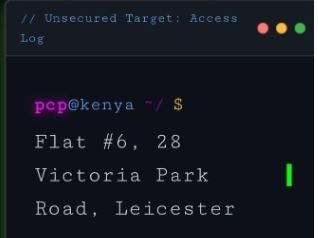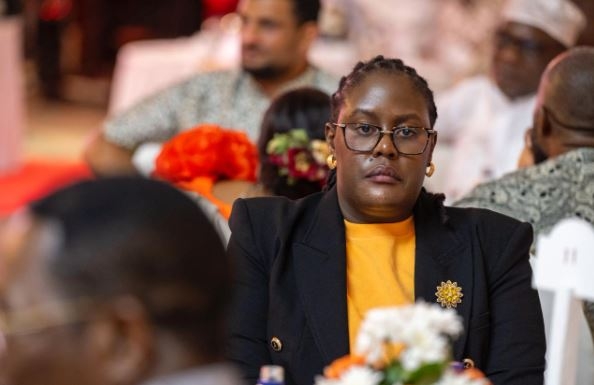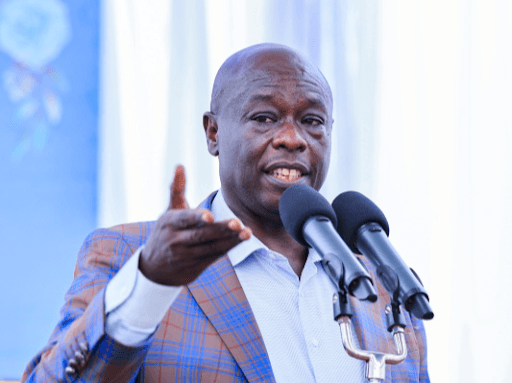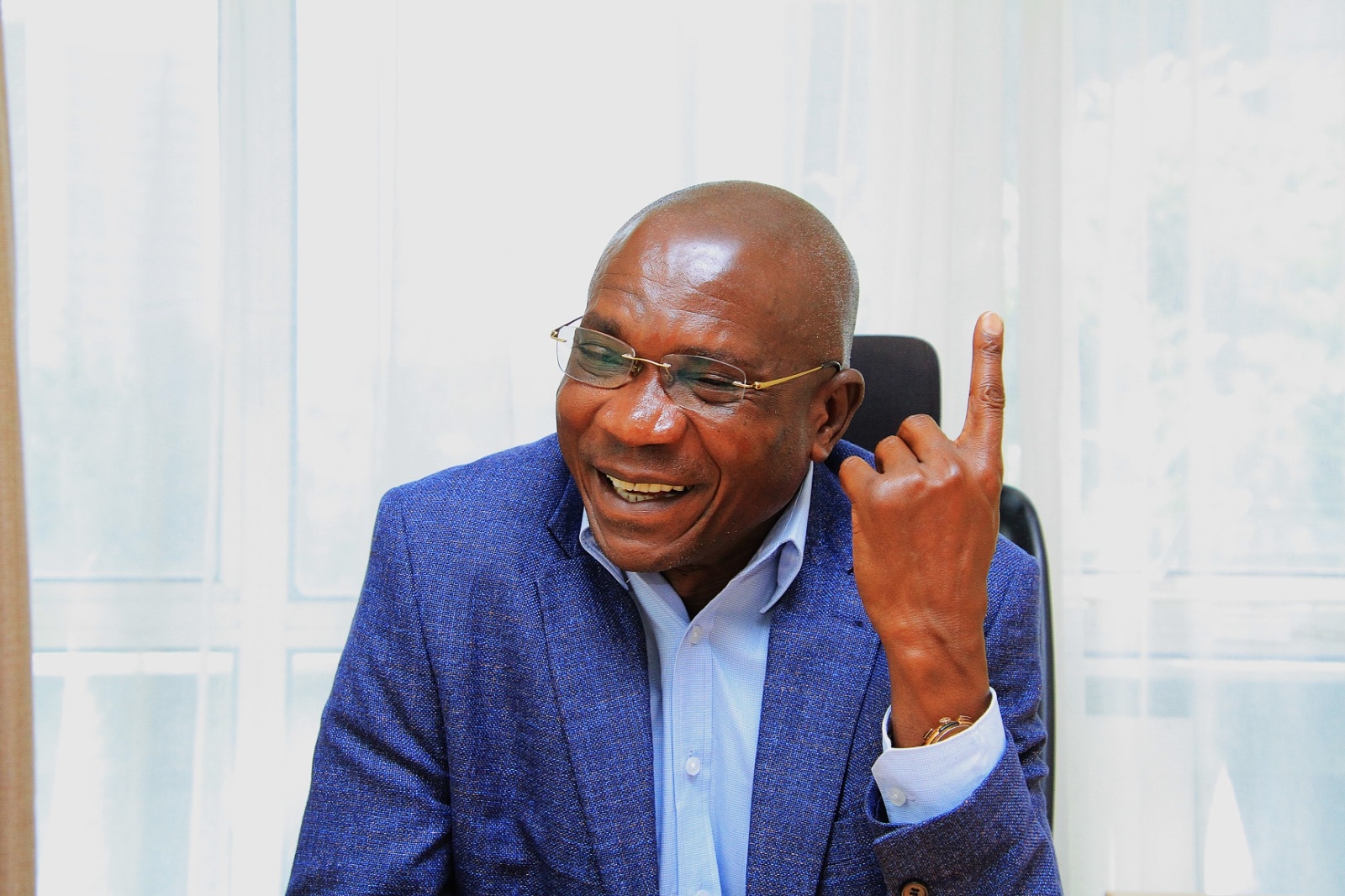
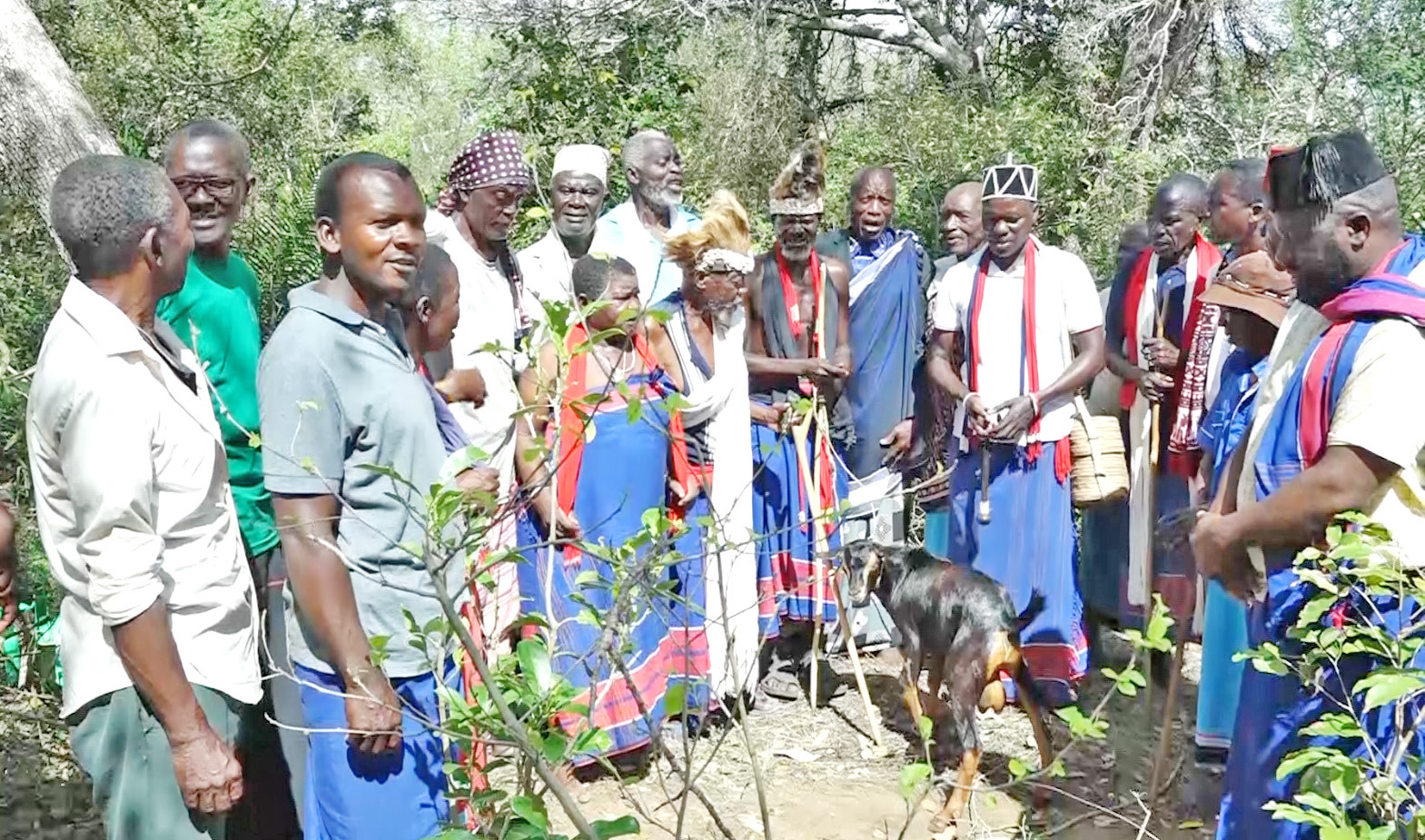
In Fulugani village, Kwale county, ancient traditions and modern development have collided as Kaya elders oversee the relocation of sacred shrines affected by the Sh20 billion Mwache Multipurpose Dam.
At least 49 Kaya shrines — spiritual sanctuaries deeply rooted in the Mijikenda community’s heritage — and 36 ancestral graves, have been relocated for the project. It is expected to be complete in February 2027.
Some 4,674 affected families have been compensated, but for the Kaya elders, the move requires more than just money.
They say it calls for sacred rituals to appease ancestral spirits whose resting places were disturbed.
Among the most spiritually significant sites is the Mwananyamala shrine — also known as Mavyonini — the last of seven sacred groves in the revered Kaya Mtswakara.
This shrine, home to a centuries-old fig tree and two sacred rocks, has long been a site for powerful rituals believed to safeguard the community against drought, disease and misfortune.
In a solemn farewell ceremony, Kaya elders recently gathered there to perform spiritual cleansing.
The ritual involved slaughtering pure black cows, goats, chickens and sheep — animals regarded in Kaya tradition as potent vessels for spiritual connection and purity.
“These are not mere customs, they are a spiritual shield — protection from disasters that could follow when ancestral spirits are angered. The balance has already been disrupted and today, we pray for healing,” chairman Shaban Ndegwa of Kaya Mtswakara told the Star.
He led the ceremony.
Ndegwa said while the elders would have preferred construction to begin only after all sacred sites were properly relocated, they chose the path of peace and non-confrontation.
“We are cleansing the area to allow development to continue without spiritual interference,” he said.
The elders have conducted similar ceremonies in other parts of the project area and plan one final ritual once construction is completed.
“We welcome this national project because it brings hope and development to our land. We only ask that our cultural beliefs are respected,” Ndegwa said.
He said youth and other residents will benefit from jobs and other opportunities linked to the dam’s development.
Elder Mgandi Mwamvula expressed satisfaction with the support they have received from the government.
The Mwache Dam, which stretches from Fulugani to Pemba villages in Kinango, Kwale county, is one of the most ambitious water infrastructure projects in the coastal region.
It will capture and harness water from the Mwache River, irrigate more than 6,424 acres (2,600 hectares) of farmland, boost food production and supply 186,000 cubic metres of water daily to Kwale, Mombasa and Kilifi counties.
The economic promises come at a profound cultural cost. More than 20,000 residents across 3,220 households in 20 villages are directly affected by the construction.
“They compensated us and allowed us the space to carry out our sacred duties. That alone shows respect,” Mwamvula said, expressing satisfaction with the support received from the government.
He said the main shrine’s sacred pot — or nyungu — would be retrieved after seven days and relocated to Kaya Mtswakara, where it will rest among the other ancestral spirits.
The transfer will be led by the most senior Kaya elders, who will conduct rituals to ensure nothing goes awry.
“These rites must be done correctly,” he warned.
“If not, spirits may retaliate. We’ve seen it before — hunger, drought and disease. Today, we asked for forgiveness and blessings. We want this project to bring fortune, not misfortune.”
Resident Jemima Chulo said, “The spirits do not take kindly to disruption. When they’re appeased, peace prevails. When ignored, trouble follows.”
She affirmed the community’s commitment to safeguarding their cultural legacy.
“We will continue honouring our ancestors and praying for better lives for future generations,” Chulo said.
The Mwache Dam, under construction in Kasemeni ward, Kinango subcounty, is jointly funded by the World Bank and the national government. The gravity dam will be 87.5 metres high and will hold 118 million cubic metres of water.
Conceived in 1995 by the Coast Development Authority, the project has taken nearly three decades to materialise.
However, for the coastal communities, it promises a transformational shift in water security and agricultural prosperity.




